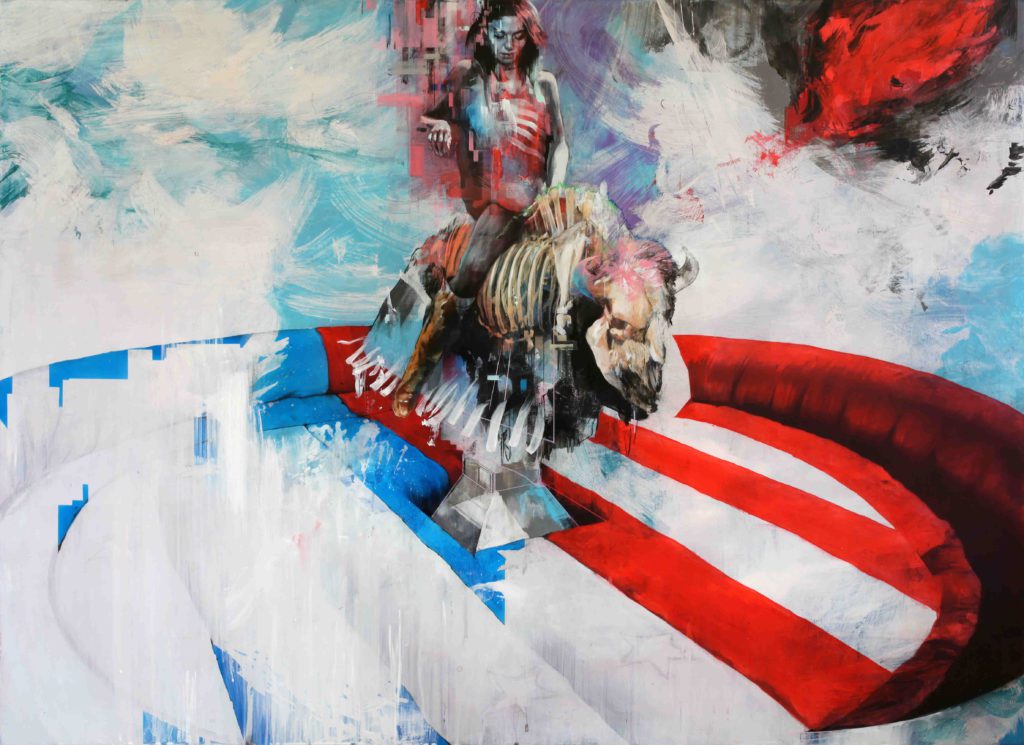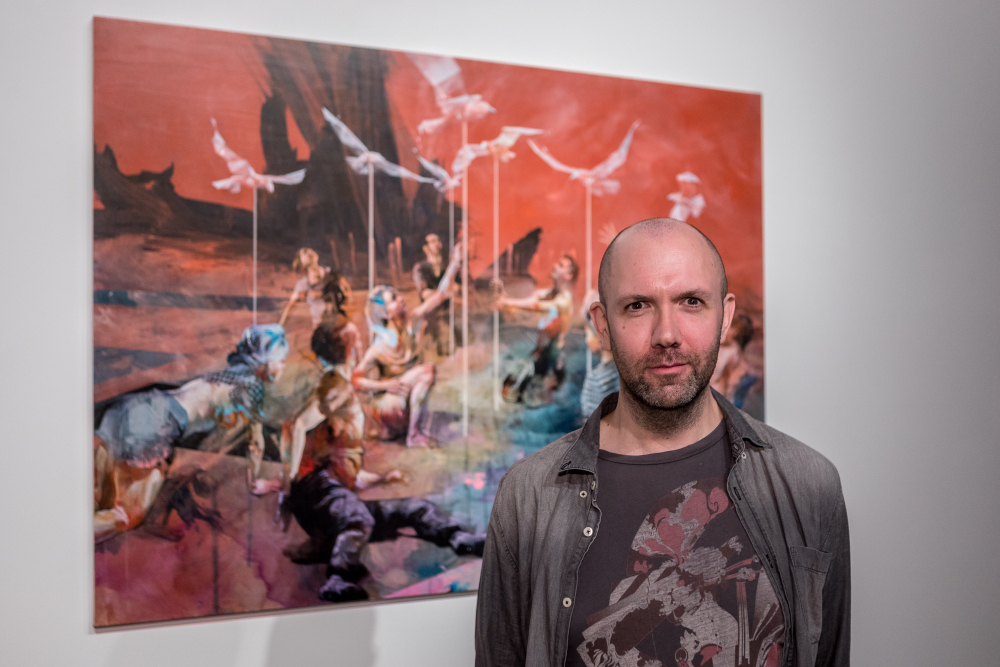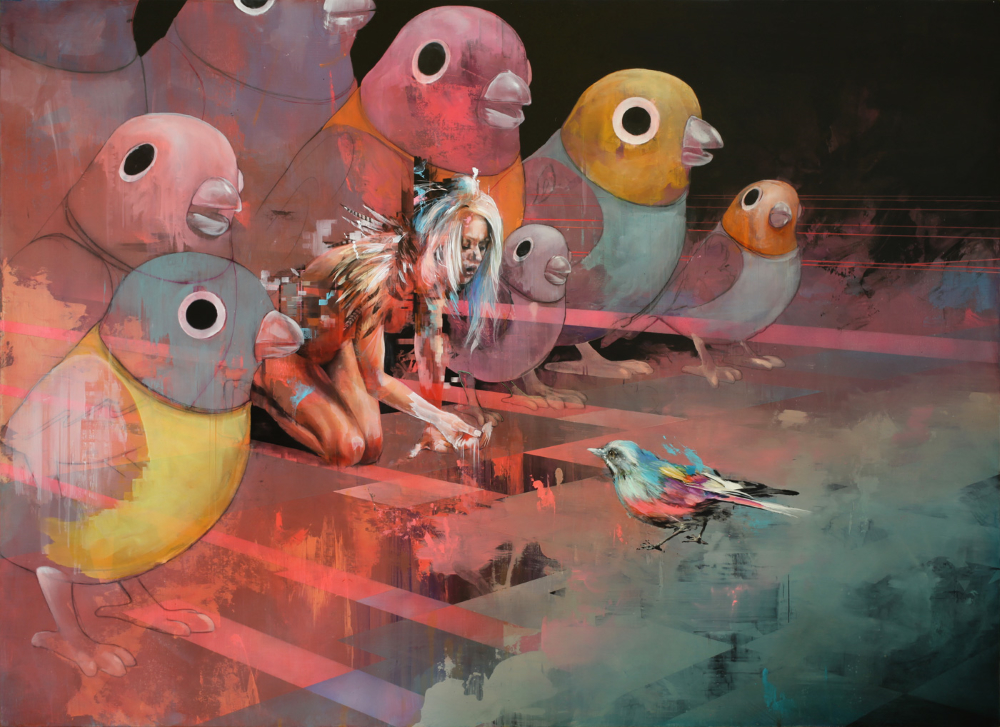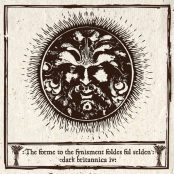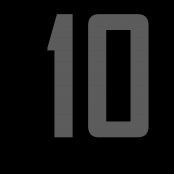[dropcap style=”font-size:100px; color:#992211;”]I[/dropcap]n 2016 futurist Shaun DuBravac guessed that there were probably over eight billion screens in the world, but four years later it’s likely that figure is closer to 12 billion. (Spangler 2019).
What does that mean? Is it really a case of screen versus reality or is it an indicator of where reality resides?
At the time of writing the world is in the midst of a pandemic that has demanded most people remain ‘locked down’ for over a month. What might have been a drastic behavioural change a generation ago, is, for a generation born since the Internet, more an inconvenient nuance of habit rather than a threat to existence.

‘Americans spend more than 11 hours per day watching, reading, listening to or simply interacting with media, according to a new study by market-research group Nielsen. That’s up from nine hours, 32 minutes just four years ago.’ (Fortrell 2018)
There is a physical consequence when we are staring at a reflective surface for such a long period of time. To what extent do we internalise looking at our own faces all day and much of the night? What impact does it have to stare at your face in the mirror for that long?
‘For most, particularly those with a tendency towards self-deprecation, staring into a mirror is not an experience deemed wholly pleasurable. Yet, what most people don’t realize is that gazing into a mirror, under the right conditions, can be downright terrifying… In the study conducted by Dr. Caputo of the University of Urbino, participants were asked to stare into a mirror in dim lighting for ten minutes. Results demonstrated that 66% of participants experienced huge deformations of their own face, 28% saw an unknown person, and 48% saw fantastical and monstrous beings.
This phenomenon is termed the Troxler Effect, discovered long ago in 1804 by a physician and philosopher named Ignaz Troxler. It is this effect that underlies many of the optical illusions you can find on the Internet. Stare at a red dot in the middle of a circle for long enough and suddenly the outside circle fades away and disappears. This is because your brain has deemed the outer edges irrelevant and it has lessened its processing burden by simply fading it out of our perceptual domain.’ (Stanley 2014)
Bristol-based painter Ian Francis, like many artists, explores the boundaries of his perception through his art; he paints what he perceives, fading the edges of what he knows in order to see into his starting references. As with the Troxler effect, there is a nagging feeling that what the eye ignores remains there, and is still important. The peripheral abyss summons us. We imagine monstrous distortions; gravitational symbols which pull the viewer sideways from direct realism into layered dimensions where other lived realities are revealed.

‘The phrase ‘call of the void’ refers to the strange sensation when you’re at a great height and gravity seems to begin pulling you at an oblique angle towards the edge, despite having no suicidal intentions. In this show, I was interested in exploring the strained relationship between the modern world we’ve created and its animal inhabitants, at a time where we seem to be at the edge of an ecological tipping point. I wanted to make paintings of dystopian dreamscapes, with people interacting with strange, reconstructed forms of nature.’ (Francis 2019)
Francis’ work depicts scenes that are conscious of being on display; they are seen as though on a stage or screen. This is part of how they beguile us; they approach with the casual familiarity of mass imagery, but often carry with them darker messages. The portrayal of reality through digital and broadcast media is deeply and persuasively psychological. Acting as an encapsulating lens everything becomes unified and predictable by virtue of its medium. Horrors are inevitable or caused by forces as inscrutable as the laws of physics and we feel them in the comfort of our home; our empathy is bound by security which limits our desire to act, though we can act: a click to vote, petition, to ignore or mute our digital world allows us to play with ‘knowledge’ and ‘action’ for a price. We must never question the medium; the message perhaps, the messenger of course, but the background methodology of connected data is too fundamental to be trifled with. Not least because doing so might shine a light on the lies we tell ourselves. Online, we can represent ourselves however we like and choose the feed of information which best nourishes that construct, usually through tasteful omission rather than outright perfidy.
‘Some people use this social media to create something that they are not… As psychologists, we have theories based on the reality of patients’ lives. Our goal is to help people try to see themselves for the reality of what they are… but if we perceive that everyone else is perfect, then we push ourselves to become someone that we are not, and then we get frustrated, and then we get depressed.’ (Jazayeri 2016)
The idea of the construct is central to Francis’ work. We are shown stage settings and façades that convey a place that is clearly not real and yet is internally real. We believe the reality of these unreal settings; there are laws governing the physics of his paintings. You might describe them as operationally accurate, and learning how the world operates, you can achieve a perceptive mastery. Much like the first-person-shooter computer games that have inspired Francis since his early days, common elements might be reused in a variety of settings partially because it makes filling content areas quicker (and thus development cheaper) but also because they have to function and react in a similar way. It’s an idea at play in Francis’ use of ‘ribs’ in the painting Mechanical Buffalo Journey (2019), where the echo of rider, the bull and the flag create a confluence of meaning, texture and repetition. It’s a sense of repetition that signifies importance but also attention, as though detail can be quantified…
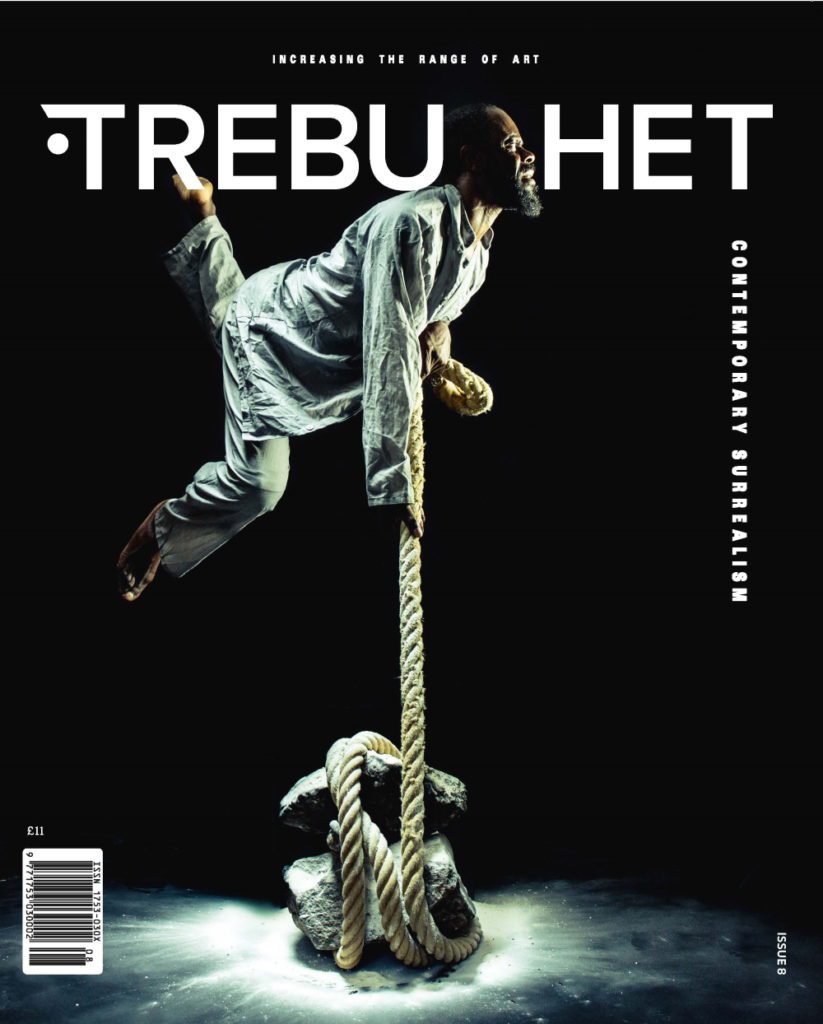

The aim of art is to represent not the outward appearance of things, but their inward significance. – Aristotle

